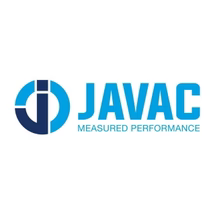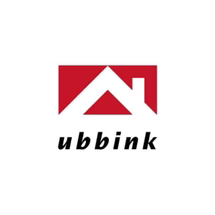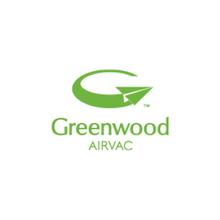A Positive Input Ventilation (PIV) unit is a ventilation system that helps improve indoor air quality and manage moisture in homes. Originally developed to tackle issues with condensation and mould, PIV units have become a popular solution for general home ventilation, especially in the UK.
How a PIV Unit Works
The unit works by pulling fresh air from outside, filtering it, and pushing it into the home. The key principle is positive air pressure: the PIV unit introduces slightly pressurised fresh air into the property, pushing out stale, damp air through gaps, vents, and naturally occurring leakage points (like cracks around doors and windows).
Why You Might Need a PIV Unit
A PIV unit can be particularly useful if your home has problems with:
- Condensation and Mould: When warm, moist air in your home meets cold surfaces, it can cause condensation, which often leads to mould growth. This is common in poorly ventilated areas, like bathrooms and kitchens. The PIV unit helps by circulating fresh, dry air that reduces moisture levels.
- Poor Indoor Air Quality: Modern homes, especially well-insulated or sealed ones, can sometimes suffer from poor air quality due to limited airflow. PIV units help introduce fresh air, reducing the concentration of indoor pollutants, dust, and allergens.
- Energy Efficiency: Unlike traditional extractor fans that just pull air out (and can increase heating needs), PIV units are often low-energy, operating at a fraction of the power used by other systems and helping keep energy costs low.
Advantages of a PIV Unit
Reduced Condensation and Mould: By constantly moving and refreshing the air, PIV units effectively prevent the build-up of moisture, reducing the risk of mould.
Improved Indoor Air Quality: PIV units bring fresh, filtered air into your home, reducing allergens, dust, and pollutants. This is especially helpful for people with asthma or allergies.
Energy Efficiency: PIV units generally use a low amount of power. Some models even recover heat from the outgoing air, making them even more efficient in colder climates.
Low Maintenance: Most PIV systems are straightforward to maintain and only require periodic filter replacements.
Enhanced Comfort: They help in regulating humidity levels, making indoor temperatures feel more comfortable, especially during seasonal changes.
Is a PIV Unit Right for You?
PIV units are ideal for homes with condensation and mould issues, properties that have limited ventilation options (like flats), or homes in colder climates where traditional ventilation might bring in too much cold air. They are also a solid choice if you want to improve indoor air quality without high operating costs. For maximum effectiveness, make sure your home has a reasonable amount of airtightness to benefit from the positive pressure created by the PIV unit.
Common Installation Locations for a PIV Unit
1. Loft Space (For houses) - In most houses, the PIV unit is installed in the loft, ideally close to the centre of the house. A duct runs from the unit through the ceiling of a central hallway or landing, allowing the filtered, fresh air to be distributed evenly throughout the home. The loft placement also allows the PIV unit to take advantage of any natural warmth in the loft space, which helps to pre-warm the incoming air, making it more energy-efficient in colder months.
2. Wall-Mounted Units (For flats) - In apartments or homes without loft space, wall-mounted PIV units can be used. These are typically installed on an external wall, drawing in fresh air directly from outside through a wall vent. Wall-mounted units are smaller and often installed in areas like hallways or living rooms, allowing them to push air throughout the apartment from a central point.
3. Garage or Utility Room (Alternative for houses with no loft) - If there is no loft space, a PIV unit can sometimes be installed in a garage or utility room if they are part of the central structure. The unit can then vent through the wall or ceiling into the home.
Installation Requirements
Electrical Outlet: The unit will need access to a power supply for operation, typically in the loft or close to the unit.
Ducting: For loft installations, ducting is required to connect the unit to the ceiling vent that distributes air.
Ventilation Paths: To be effective, there should be natural pathways for the air to flow, which can include gaps under doors and around windows. These allow the PIV to create positive pressure, pushing stale air out of the property.
Additional Tips
Avoid Bedrooms or Living Rooms: Since PIV units do create a slight airflow, installing the vent in central areas like hallways or landings helps prevent drafts in rooms where comfort is crucial.
Professional Installation: While some units can be installed DIY, professional installation ensures the unit is placed correctly for maximum efficiency and minimal noise. Proper placement ensures the PIV unit functions effectively, improving air quality, reducing humidity, and maintaining comfortable indoor conditions throughout the year.
Why not check out our range of PIV units and if you have any further questions, please get in touch by email on MVHR@epicair.co.uk or call 01892 600121 and our experts will be delighted to help you.







